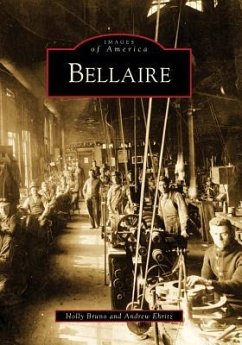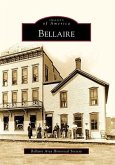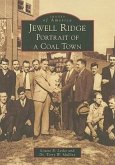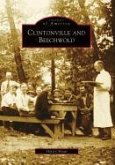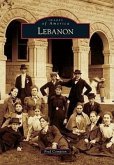Bellaire grew to prominence in the early 19th century when rich deposits of coal and sand were discovered. Riverboat captain John Fink began mining and shipping coal in the 1830s. Later numerous glass factories earned Bellaire the nickname "Glass City." Industry grew rapidly, and the railroads brought tradesmen and immigrants. In addition to coal mines and glass factories, Bellaire has been home to an enamel works, a steel factory, lumberyards, brick makers, and bottling companies. Today Bellaire has two historical sites honoring its industry, but business is not the region's only claim to fame. Few remember that Bellaire had a water ballet team, the Aquabelles. Kathy Crumbley, the first female sheriff in the state of Ohio, is a Bellaire native, and the village is the birthplace of baseball legends William "Brickyard" Kennedy and Sol White. Theodore Roosevelt campaigned in the city park where, later, Bob Hope left his footprints in cement. Bellaire celebrates both the industry that built the village and the people who made it memorable.

